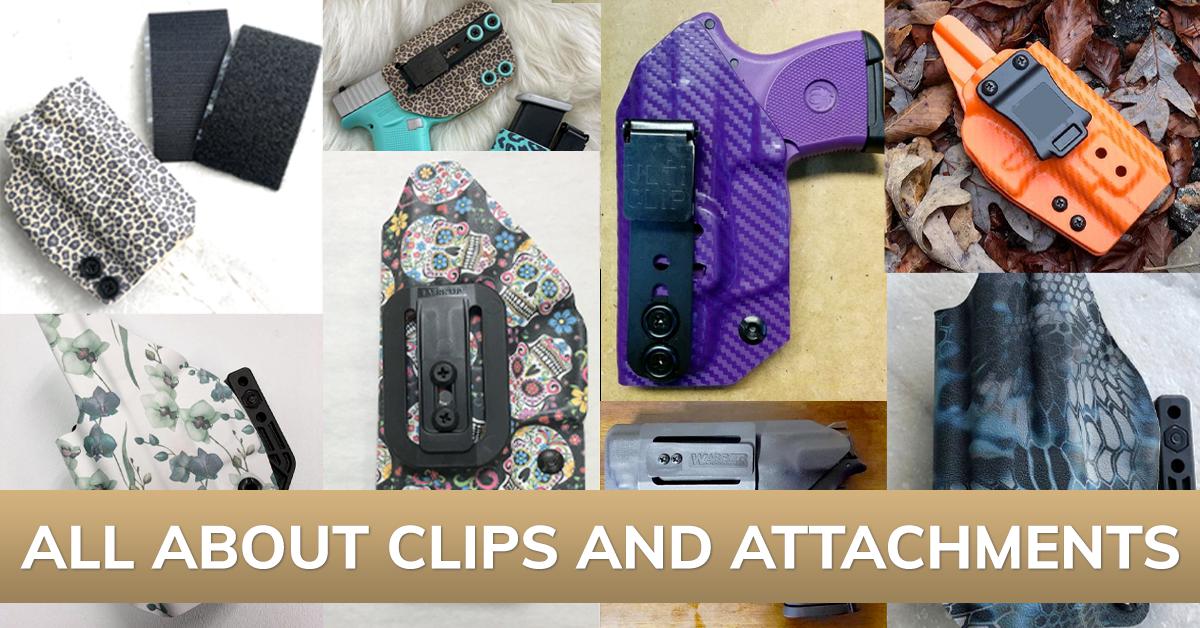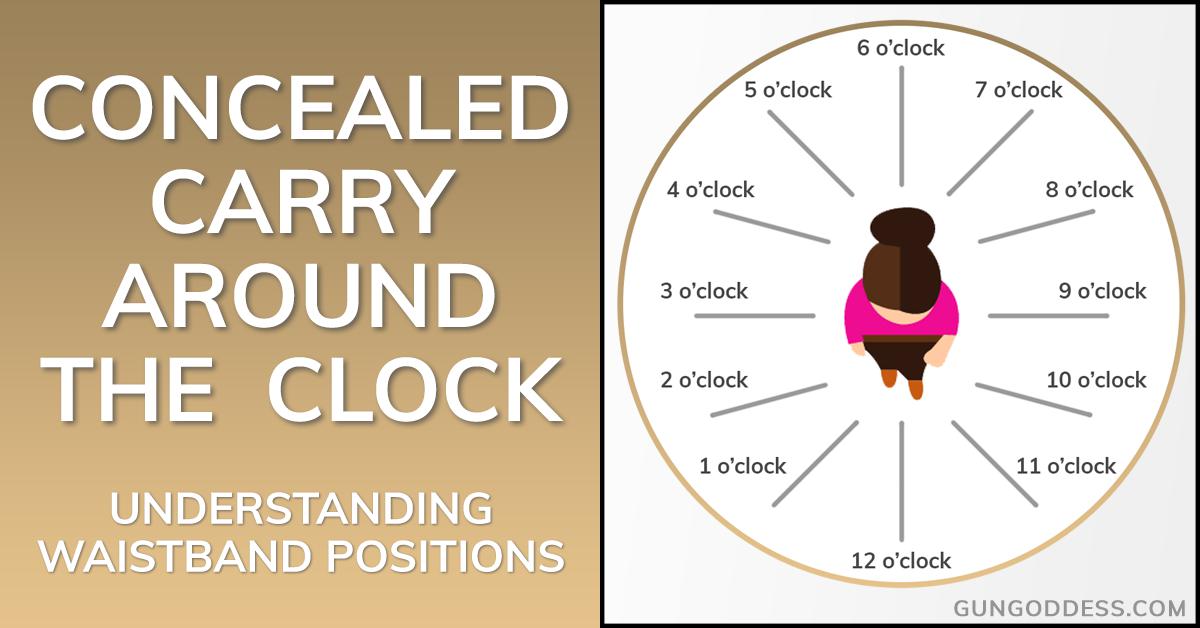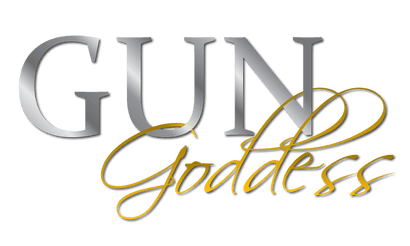Your Cart is Empty
Orders Over $100 Ship FREE (USA)!
Orders Over $100 Ship FREE (USA)!
CONCEALED CARRY
(Apparel with holster pockets or concealed-carry features)
(Apparel with holster pockets or concealed-carry features)
PARTS & GEAR
RANGE STYLE
Gift shopping & not sure about size or style? Give a gift card instead!
Gift shopping & not sure about size or style? Give a gift card instead!
GIFT IDEAS
The entire site is full of products that make great gifts, so browse all of our collections! Still not sure? Give a gift card!
The entire site is full of products that make great gifts, so browse all of our collections! Still not sure? Give a gift card!
EXPLORE
3 Things you Need to Look for When Choosing a Holster
2 min read
Choosing the right gear is just as important as choosing the right gun and if you're going to carry, you need to make sure you're using a safe holster that will function correctly at all times.
What should you look for to make sure you're getting a high-quality holster that won't do you more harm than good? Here are 3 very important things you need to look for when you're holster shopping.
The Holster MUST Cover the Trigger Guard
 There is absolutely no exception to this rule - if the holster you're looking at doesn't cover the trigger guard completely, set it down and walk away. If any part of the trigger or trigger guard is not covered, it's not safe.
There is absolutely no exception to this rule - if the holster you're looking at doesn't cover the trigger guard completely, set it down and walk away. If any part of the trigger or trigger guard is not covered, it's not safe.

The Holster MUST Fit Your Gun
Once you're sure the holster covers the trigger guard, it's time to check the overall fit.
If you are choosing a hard-sided holster (like Kydex), the holster needs to be made specifically for your gun. It may be tempting to try to use another holster you have laying around, but don't do it! Hard-sided holsters are made to fit specific curves of your particular gun and cutting corners (so to speak) by using a holster that wasn't made for your gun is unsafe!
If you are looking at a universal-style holster (like a hip hugger or a corset holster), you still need to make sure the holster is suited well for your gun. For example, a full-size 1911 is likely going to be too heavy and bulky to fit safely in a small ankle holster.
You MUST Be Able to Carry, Draw and Holster Safely
This is a function issue - you need to be able to carry your gun safely, draw smoothly, and reholster with no hangups.
If the holster is too tight or does not fit well, drawing will be very difficult (and that's not what you need when your life is in danger).
On the flip side, a holster that's too loose creates a different safety issue - the retention of your holster needs to be strong enough that your gun is not going to come out of the holster during normal activities.
Some holsters are more challenging to reholster than others, so it's important to look for additional safety features. For example, our Hip Hugger includes tabs that are used to pull the elastic away from you without muzzling your hand while reholstering.
Make sure to use these tips the next time you are in the market for a new holster and as always, feel free to get in touch with us if you need help choosing the right holster for your gun!
Also in All About Holsters: Holster Basics

How to Choose an On-Body Holster for Concealed Carry
4 min read
Choosing a carry holster can be complicated. Here’s the right way to select an on-body holster for concealed carry.
Read More
All About Clips and Attachments
0 min read
An intro to popular holster clips and attachments, plus installation instructions and tips for use.
Read More
Concealed Carry Around the Clock: Understanding Waistband Positions
3 min read
Which positions around your waist are the best for carrying a gun? Here's a break down of the most popular positions by location around your waist.
Read More